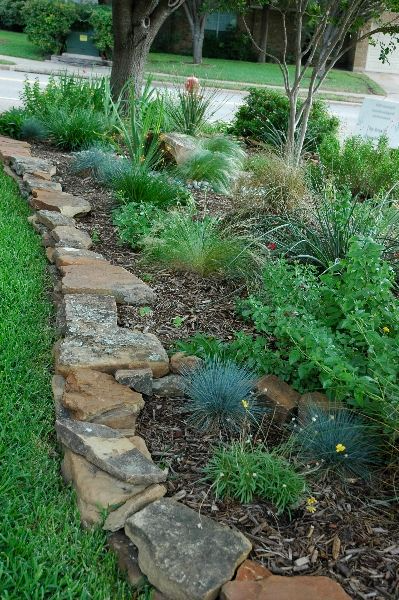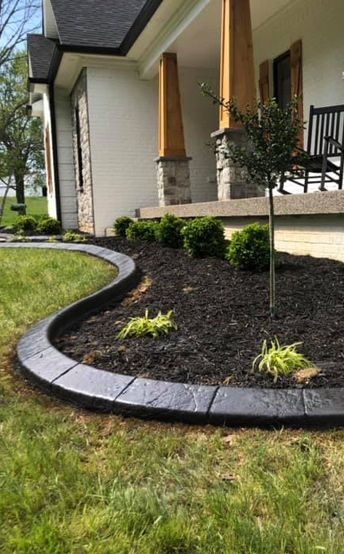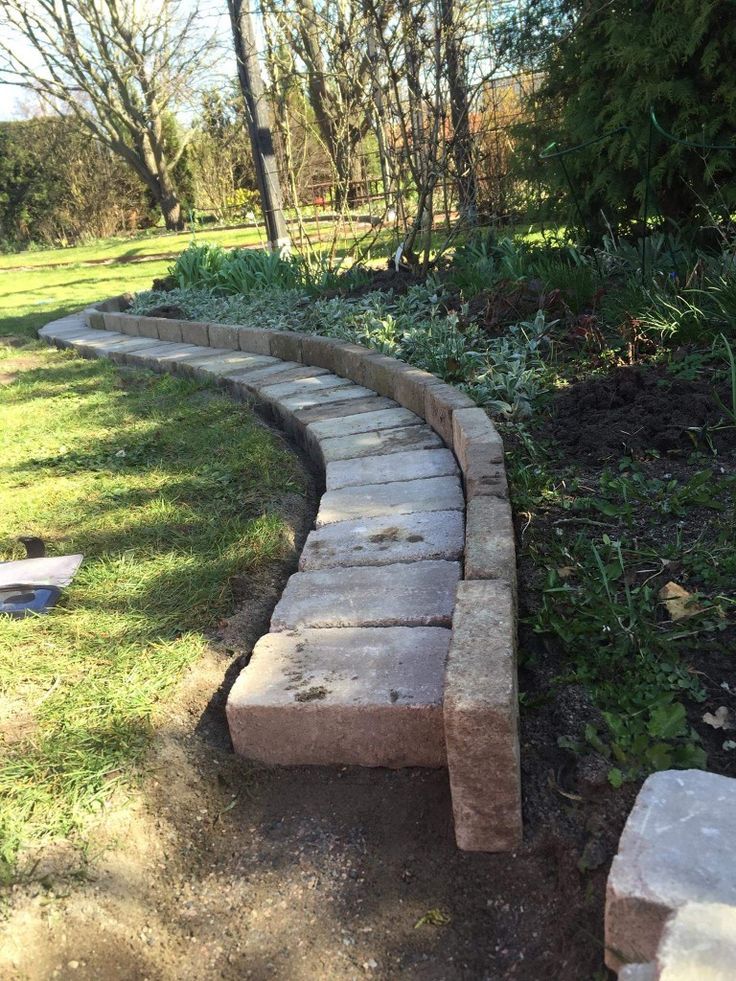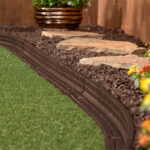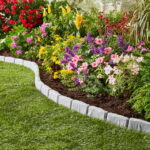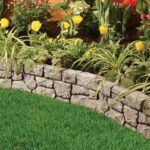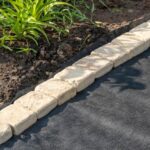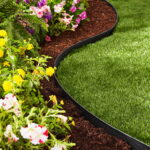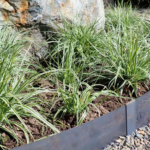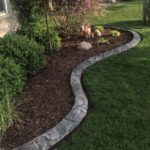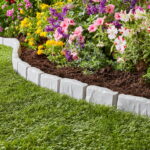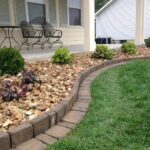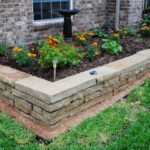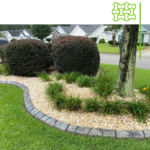Landscape edging is a crucial element in defining the borders of your garden beds or walkways. It not only adds a polished look to your outdoor space but also serves practical purposes such as keeping mulch, gravel, or soil in place. There are various types of landscape edging options available, each with its own benefits and drawbacks.
One popular choice for landscape edging is metal edging. Made from materials like steel, aluminum, or iron, metal edging provides a clean, modern look to your landscape. It is durable and long-lasting, able to withstand heavy foot traffic and the elements. However, metal edging can be more costly and difficult to install compared to other types of edging.
Plastic edging is another common option for landscape borders. This type of edging is lightweight, flexible, and easy to install, making it ideal for DIY projects. Plastic edging is also more affordable than metal edging, but it may not be as durable or aesthetically pleasing. Over time, plastic edging can fade or become brittle, requiring replacement.
For a natural, rustic look, consider using stone or brick edging. These materials add a timeless, organic charm to your landscape design. Stone or brick edging is versatile and can be easily customized to fit the shape of your garden beds or pathways. While more expensive than plastic edging, stone or brick edging is durable and will last for many years with minimal maintenance.
Wooden landscape edging is a budget-friendly option that can add a warm, inviting touch to your outdoor space. Cedar, redwood, or pressure-treated lumber are common choices for wooden edging as they are weather-resistant and long-lasting. Wooden landscape edging can be easily cut and shaped to create curves or straight lines, giving you full creative control over your landscape design.
No matter what type of landscape edging you choose, proper installation is key to ensuring its effectiveness and longevity. Be sure to prepare the area by removing any existing edging materials and creating a clean, level surface. Use a rubber mallet to secure the edging into the ground, making sure it is level and straight. Add stakes or anchors as needed to keep the edging in place. With the right edging material and installation techniques, you can enhance the beauty and functionality of your outdoor space for years to come.
 yishifashion Where Outdoor Dreams Become Reality
yishifashion Where Outdoor Dreams Become Reality
